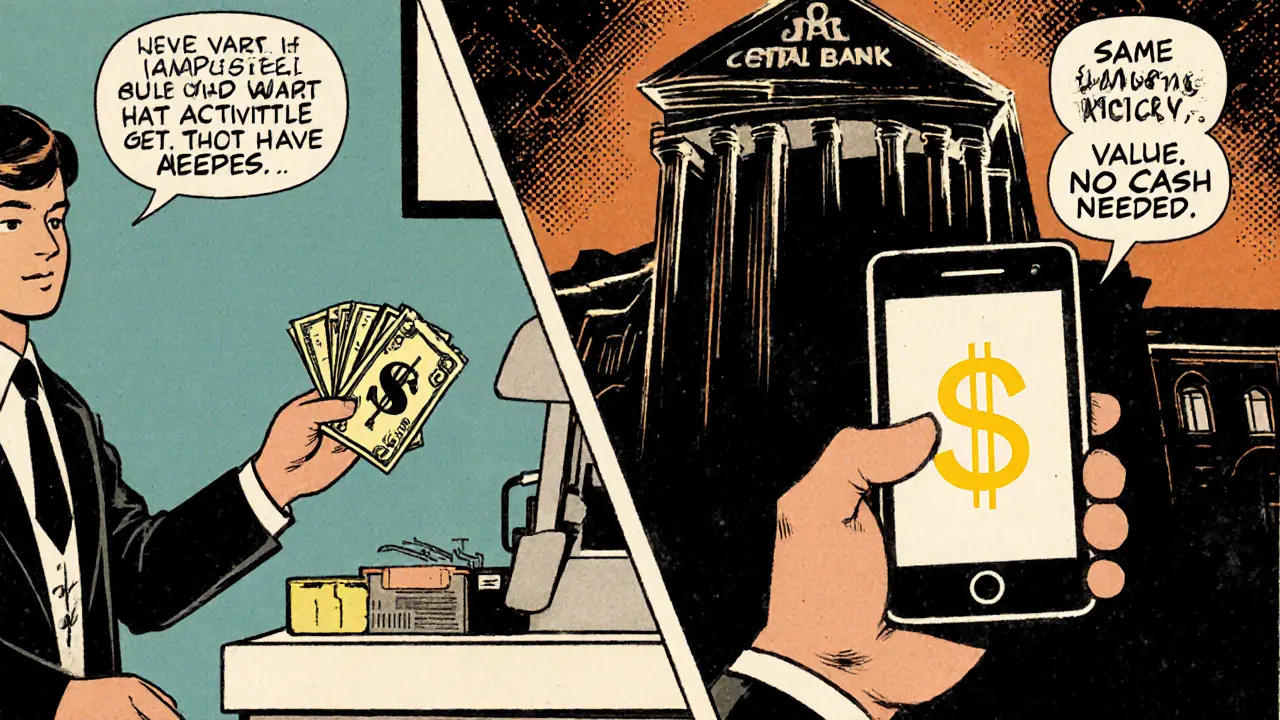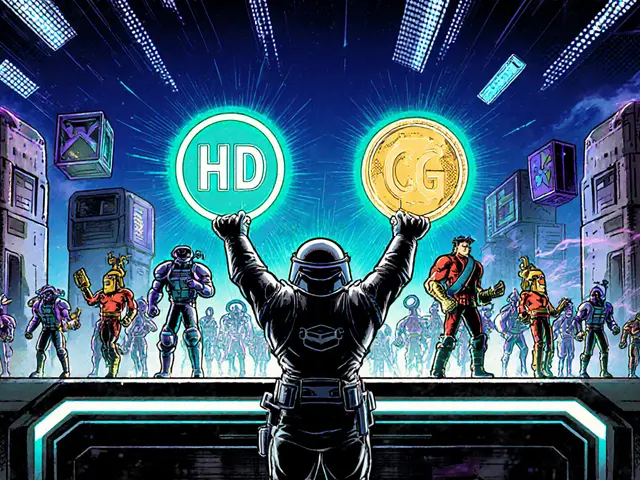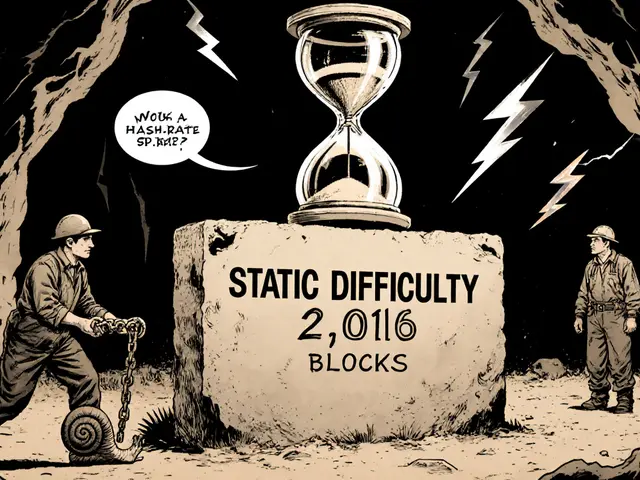Central Bank Digital Currency: What It Is, Why It Matters, and How It Changes Crypto
When we talk about central bank digital currency, a digital form of a country’s official money issued and controlled by its central bank. Also known as CBDC, it’s not crypto—it’s government money with a digital upgrade. Unlike Bitcoin or Ethereum, CBDCs aren’t decentralized. They’re built to track every dollar, euro, or yen in real time, giving central banks full control over circulation, spending limits, and even expiration dates. This isn’t science fiction. Over 130 countries are exploring CBDCs, and more than a dozen have already launched them, including China’s digital yuan and Nigeria’s eNaira.
What makes CBDCs different from regular bank accounts? They run on government-controlled ledgers, not public blockchains. That means no anonymity. No peer-to-peer transfers without approval. No smart contracts. A CBDC can be programmed to expire if not spent by a certain date, or restricted to specific goods like food or medicine. It’s money with rules built in. This directly clashes with the core idea behind most cryptocurrencies: freedom from control. And that’s why CBDCs are creating tension in the crypto world. When governments can monitor and restrict your digital cash, it changes the whole game for DeFi, wallets, and even crypto exchanges that pride themselves on privacy.
CBDCs also relate directly to digital fiat, the official currency of a country that exists only in electronic form.digital fiat is the backbone of CBDCs—what makes them different from stablecoins like USDC or USDT, which are privately issued and backed by reserves. CBDCs are issued by the state, not a company. And they’re designed to replace cash, not compete with crypto. But here’s the twist: as governments push CBDCs, they’re also cracking down on unregulated crypto. Kazakhstan banned mining to save its power grid. Bolivia slapped penalties on traders. Even in the U.S., platforms like Bitnomial are thriving because they’re the only ones legally allowed to offer physical delivery of crypto assets. The message is clear: if you want to hold digital money, it’s better if the government controls it.
So where does this leave crypto investors? CBDCs don’t kill blockchain—they just shift the power. The same tech that powers Bitcoin can power a central bank’s ledger. The difference is control. And that’s why you’ll see posts here about regulated exchanges, institutional barriers, and wrapped tokens like WACME. People are trying to bridge the gap between open finance and state-controlled money. Some are betting on privacy tools. Others are adapting to new rules. One thing’s certain: if you’re holding crypto today, you’re living in a world where central banks are rewriting the rules—and you need to know how they’re doing it.
Below, you’ll find real reviews, deep dives, and blunt truths about the tools, exchanges, and tokens caught in this shift—from the ones trying to stay compliant to the ones that vanished overnight because no one could prove they were real.






